10 years after the release of James Fadiman’s famous book on microdosing, the question about the purported benefits of small doses of psychedelics remains unanswered. How much a person decides to trust the effects of the practice to enhance their mood and cognitive abilities still largely depends on the information available to them as a reader, and of course, the outcomes from their do-at-home personal experimentation.
Microdosing Tabs Illustration
Until today, science continues to be inconclusive about the positive effects of microdosing, while in the virtual underworld, we begin to see a whole new denomination for the nootropic practice, coming to be a global trend that glorifies the effects of the program, despite the jarring lack of scientific evidence. People in the biohacking communion are swearing to the benefits of using small doses of hallucinogenic substances to improve their productivity and creativity. So then, when it comes down to commiting themselves, who would a first-hand user choose to trust: vague scientific claims or the experienced word of advice from a close friend?
With this in mind, we dare to say that the trending questions on the topic have not changed a whole lot in the past decade. Does micro-dosing improve happiness, productivity, and lower anxiety? Also, should enthusiast microdosers be taking the surplus of shared opinions online with a pinch of salt before plunging into the “self-improvement” routine too seriously? Oh, and, do the benefits actually outweigh the risks when someone is at the point of drawing the line and trusting their own gut, rather than the unfound research theories lacking almost any clinical substantiation.
The controversy on the topic of microdosing is quite huge. Some people are still cautiously weighing out the Do-s and Don’t-s of the illegal regimen, while others are already looking at the microdosing trend wondering whether this is a brave new world of mainstream psychedelics we're heading to, driving our peak of human potential. Who would have thought that a practice so widespread in the West is still vastly unfound by sufficient evidence, and this could be causing such a major discrepancy between the opinions of experienced users and clinicians working in the field...
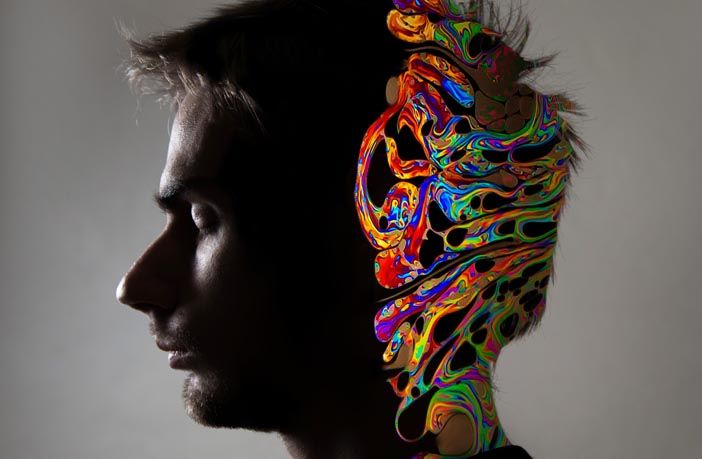
Brain Activation Digital Portrait
So, for now, it seems like the questions on the matter are still. Should we feel concerned about the practice becoming an escape mechanism from tackling happiness internally, or alternatively, trust the word of mouth in the psychedelic community, claiming major mental health benefits from taking microdoses of hallucinogenics on a regular basis? Also, if we know that the quest for personal happiness is the common denominator between people taking up this practice, shouldn’t we be seriously questioning the effects of microdosing on different groups of people, from various backgrounds and mental health history? There are plenty of questions to be asked and still not enough answers to suffice the curious reader, choosing to make an informed decision before getting on the microdosing boat for many months on end.
Over here, we aim to create transparency on the topic and de-clutter the space for fresh new opinions based both on scientific evidence and experimentation by trusted authors. Conscious decision-making to start microdosing is not out of the question yet, which is why we stand clear with the facts and the unbroken ambiguity concerning the topic, shared in this review.
Timeline of Microdosing
In the wake of capitalism, psychedelic drugs became a popular counterculture to the political and socio-economical transformation taking place everywhere in society. Hippies of the 60s, rock and indie bands introduced hallucinogenic drugs like LSD (lysergic acid diethylamide) and magic mushrooms (psilocybin) to the public eye and make a strong statement of non-conformism with the new-age society, driven mainly by money and power. Only three decades later, the user scene of hallucinogenics is not only thousands of times bigger but also more aware of the scientific and consumer data, shared in open reviews and small-scale experiments that have been disclosed by specialists in neuroscience, psychiatry, and pharmacology.
Microdosing appeared as a term only 20 years ago, as a direct consequence of the bloom in experimentation and scientific interest in the topic. The concept of using small doses of psychedelics to improve the cognitive functions of the brain or to cure depression by regulated boosts of serotonin has been gaining momentum ever since. So, at least one thing is clear when looking at the trend now and then- the old stigma is shapeshifting, if not disappearing, in some parts of the world more than in others. For the modern-day super-achiever, microdosing is becoming an informed choice to improve their work-life balance, rather than media and politics-fuelled opinion bias. People who used to fight "against the system" are now fighting "for the system" by using hallucinogenic substances as their medium. The end result justifies the means, some may say, if only safe use of hallucinogenics and drug-powered self-enhancement was so easily done.
Let’s mention hereby that hallucinogenic substances such as LSD are under the Controlled Substances Act, so all recreational or medical use is practically illegal, while no therapeutic benefits have formally been reported by the global health authorities by far.
Psychedelic portrait of the Albert Hofmann discovering LSD
The Science Behind it
The three psychedelic drugs that get used most often in microdosing programs are LSD, mescaline, and psilocybin. A standard regimen usually requires a regular intake of either drug at one-tenth of a normal dose, needed to trigger some dissolution of reality and a full-on sensory overload. According to popular opinion, between 2-3 microdoses a week is considered effective to achieve the reported outburst in creativity and productivity.
Janet Chang shared her microdosing routine, over a period of one year in which she experimented with three different doses of psilocybin in an attempt to discover its effect on her work-life balance. She took doses of 0.2g, slightly over 0.2g, and 0.5g to see how her anxiety, mood, and productivity will change for the better or for the worse. Most published studies on microdosing report a lower dose (0.2g) when they talk talk about a sub-threshold optimal quantity, which most physicians consider enough to observe brain performance changes, whilst staying in the “safe” consumption range and low-risk levels.
A recent study by Eleusis and Maastricht University asks participants to take a capsule with a dose of psychedelic substances or a placebo pill once every three days for a month and report the cognitive changes they experience over a questionnaire. This was a study in a clinical setting that involved 50 people taking small doses of the mind-altering substances regularly, following a visit to an assessment center to measure their reaction times and their brain activity in the visual cortex. This is surprisingly one of the few known studies to this day that concluded some positive effects from 1 month of microdosing, claiming an increase in the visual focus of the participants when working on specific tasks.
Other public trials such as the one conducted by Imperial College London studied the effects of 200 participants taking self-blinded microcapsules at home for one month. Imperial studied the mental abilities of the participating volunteers in great depth as they looked at a large number of cognitive parameters including logical reasoning, planning abilities, and spatial cognition skills such as mental rotation. As one of the biggest published studies in a science journal, it’s fair to say that the study group did not record a positive positive correlation between boosted cognitive abilities and hallucinogenics at a small repeated doses.
Online communities might disagree
Even though there are very feel trials and studies that can back up the effects of microdosing to this day, we see over 40,000 users in the online communities that may disagree with the claims made by the medical guilds. Bloggers and users in online forums are opening up about their experiences in the public space, describing them as nothing less than enriching and transformative for their mental health and general well-being. The microdosing trend has also taken Silicon Valley by a storm among the highest performance professions and the top-tier self-improvement fanatics in the global business scene.
Success and higher productivity have become the main drivers for employees and entrepreneurs to give the practice a go only as a “smart” tool that promises to give users the desired competitive advantage in their job and career fields.
Plenty of over-achievers have openly shared on social media and online forums about an observed boost in inspiration, focus, and efficiency, which they experienced after following Fadiman’s documented microdosing regimen. Many claim that leading a healthier and happier life when using the drug is achievable with small doses of hallucinogenics, should you be able to keep an open mind about the possible negative effects and give up the program at any point in time.
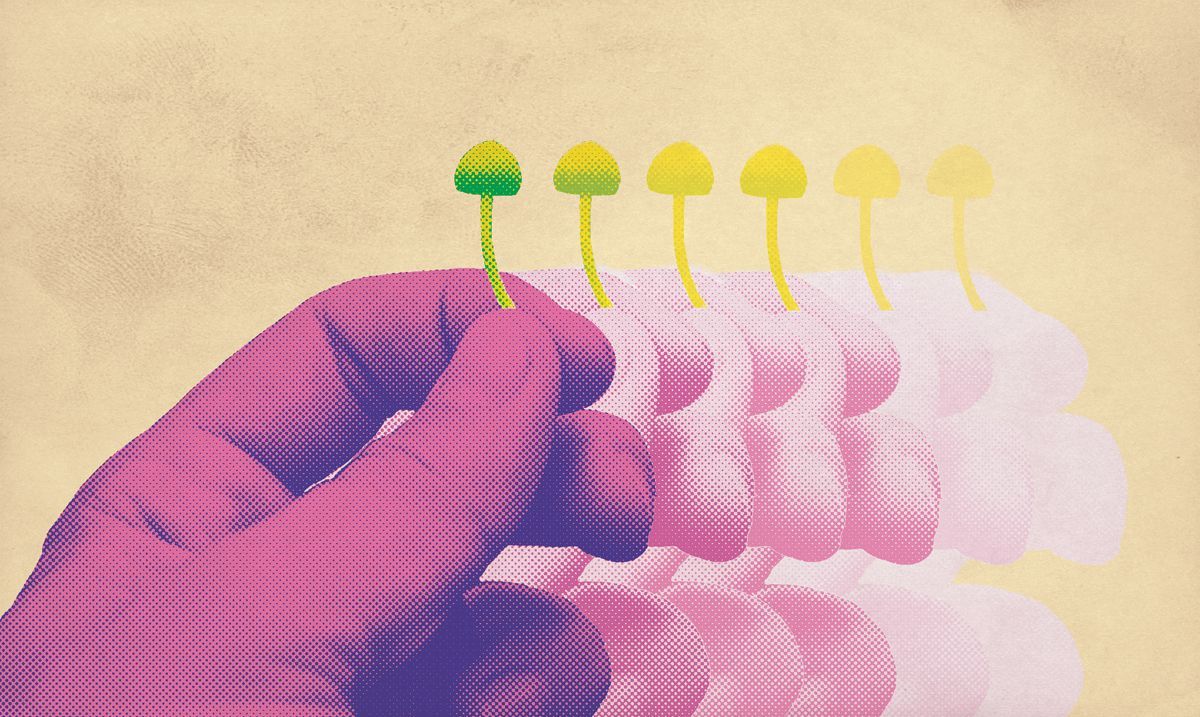
Magic Mushrooms Illustration
It seems though, perpetual happiness and career enhancement are not the end goal for many other users, who have experimented with the microdosing routine. In fact, the vast majority of people who try microdosing over extended lengths of time are said to be adults (mostly males) with a history of depression or anxiety problems, on a quest for different alternatives and effective under-the-counter mood-boosting super pills. In her book “A Real Good Day”, Ayelet Waldman shares about her LSD microdosing journey and the sensational effect of the drug on her self-confidence and mental well-being, having suffered from severe mood disorder for most of her life. Janet Chang, who also talks about mental health and her experimentation with different micro doses in 3 phases, shares that her anxiety was significantly reduced, along with experiencing higher productivity and better mood during the whole dosing course.
A recent observation study in Harm Reduction Journal also agrees that one of the key benefits people experience when microdosing on LSD or psilocybin is high spirits, followed by improved focus and creativity. Even then, the evidence on a larger scale is still rather vague and inconclusive. We don’t know what percentage of all users are in fact attempting to treat existing mental health illnesses such as depression and anxiety, rather than using the drug as a performance enhancement tool on its own. LSD has been proposed as an antidepressant by A. Hoffmann himself, who discovered its Prozac-like effects on the nervous system. Hallucinogens in the fight against depression is not a queer topic in pharmacology but the research progress focused on developing effective (risk-free) therapies seems to have stalled. There is insufficient information on the long-term effects of psychedelics on people with mild to moderate mental health problems, which is another serious reason for concern when discussing mass use of psychedelics daily and predisposition to illnesses, triggered by those classes of drugs.
The Serotonine Pump
Serotonine is also known by many people as the happiness hormone, which helps the nerve cells communicate everywhere in the body. Despite the popular belief, serotonin is not only responsible for controlling emotions or the feeling of happiness, and alternatively sadness. It has many more important roles in the body such as regulating the functions of the sweat glands, our sleep and wake cycles, appetite, digestion, memory and more. That leads us to why psychedelic substances have been proposed as the cure-for-all “magic solution” which works by stimulating the serotonin release in the brain centers and the whole rest of the body. Serotonin regulates various physiological functions in the brain and it is held responsible for a big percentage of the mood disorders, affected by serotonin pump dysregulation. This explains why taking the right amount of hallucinogenic substance on a daily basis is speculated to boost the serotonin levels in the body, just enough to tap into a person's happiness levels and brain productivity wellspring. Whether this is a viable solution to tackle depression, anxiety, and poor cognitive performance at work, it’s a tough one to conclude!
Serotonin Illustration by Laurene Boglio
The Verdict
Microdosing psychedelics as a way to improve general well-being and boost cognition is still a rather controversial topic. Many users and clinicians share positive opinions from their own experimentation, however, studying the effects of the practice in a controlled environment with many different groups of subjects over an extended periods of time still seems unlikely. We need more substantial evidence to understand the risks and the benefits in order to help the globally expanding community of microdosers, who often take the chance to treat their mental health problems with trendy alternatives that can alternatively cause more harm than good.
To try or not to try, it’s down to the individual person and how they perceive risk. We advise new users to take caution when they attempt microdosing with a therapeutic intеnt.
Your body is your temple, and ultimately, your main toolkit to generate happiness internally, which you can make last forever. Nonetheless, if you still consider microdosing to be your answer, talking openly on the topic online or in person is probably the best way to kick start your psychedelic self-improvement journey. It’s also important to help others who may be in the same shoes as you are, curious to find more about the real benefits, should you share this article and your first-hand experience on microdosing with our community!
Microdosing Tablets

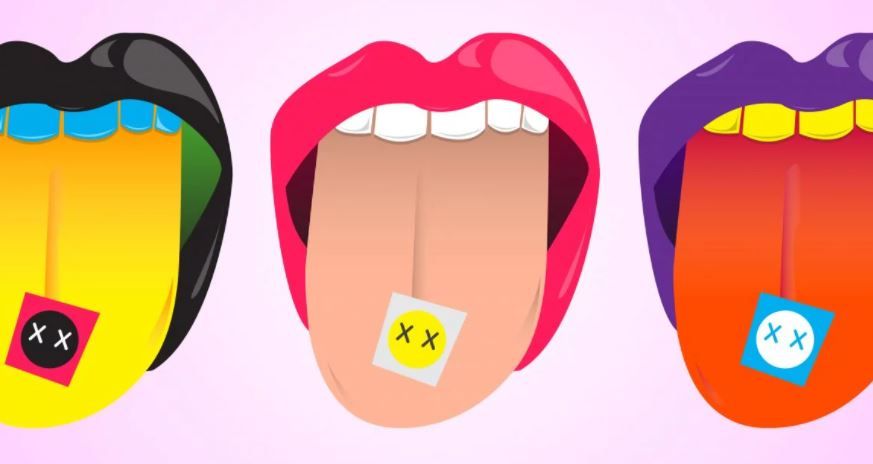
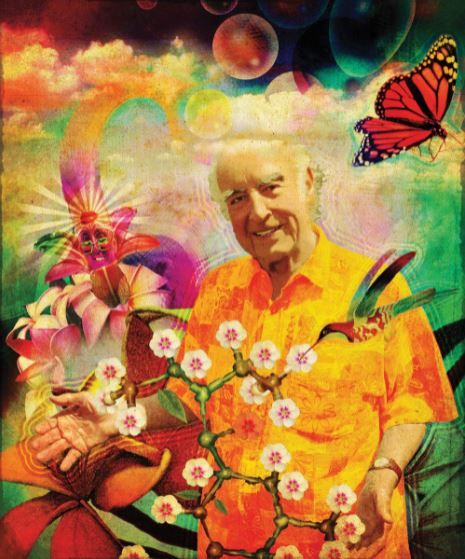
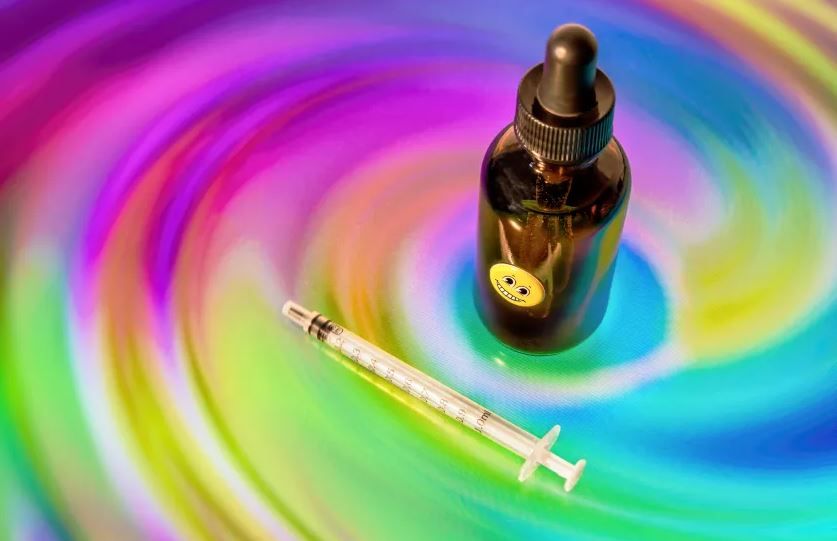
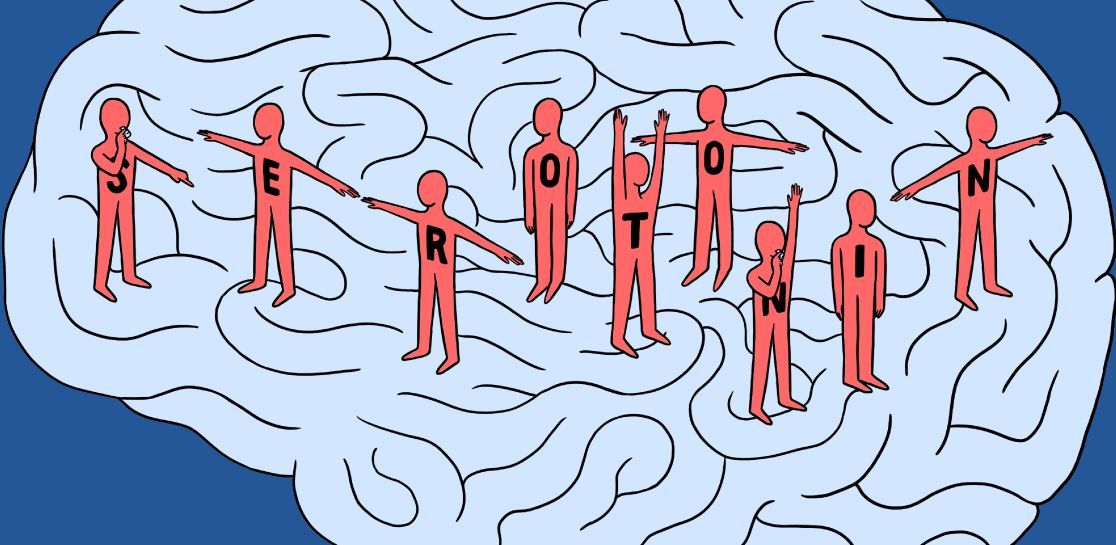
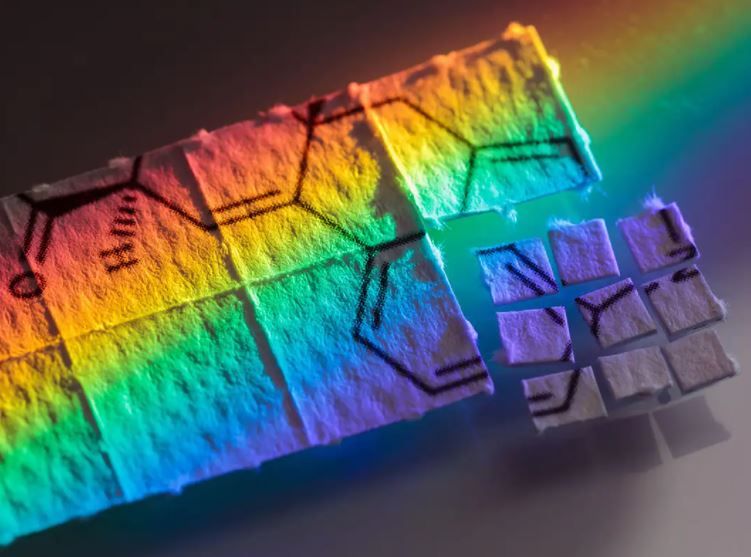
Validate your login
Sign In
Create New Account